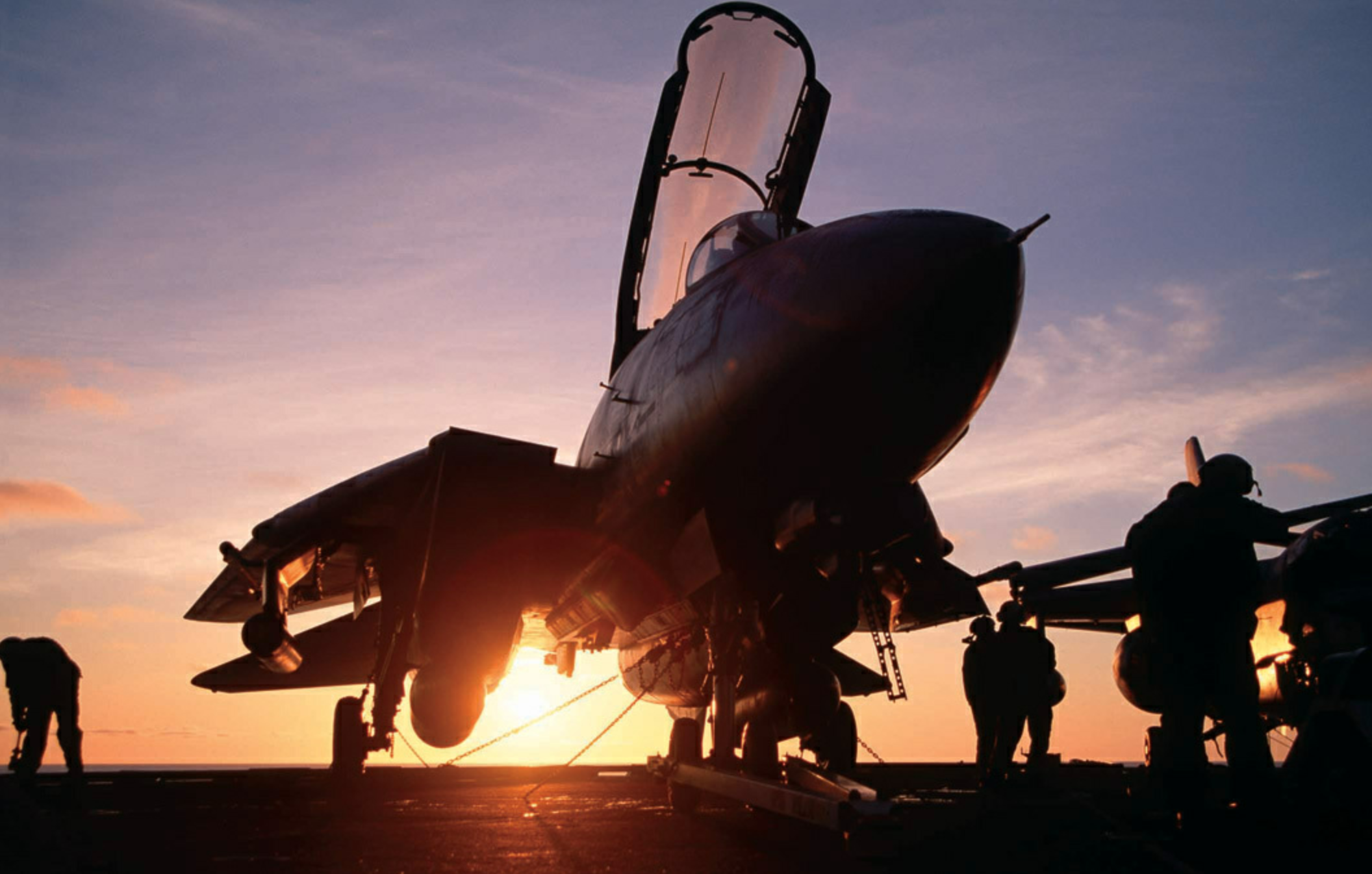3 Best Practices for Creating a High Performing Team Culture
By Carey Lohrenz
Most leaders and managers I work with understand the value of a High Performing Team Culture. They recognize its potential to drive organizational success, and employee engagement.
However, the question I’m frequently asked is, “How does my organization actually achieve this ‘High Performing Team Culture’?
The goal is clear for a High Performing Team Culture:
Creating an environment where every team member is motivated, aligned, and consistently delivering their best work is the goal. It’s about fostering a culture where high performance isn’t just an occasional occurrence, but a daily standard.
The challenge lies in transforming this aspiration into reality.
Many organizations struggle to move beyond the conceptual understanding of a high-performance culture, to its practical implementation. They grapple with how to instill these values and practices across all levels of the organization, from leadership to front-line employees.
The Leadership struggle for developing a High Performance Culture is real.
This struggle to implement a high-performance culture can lead to significant issues. Without a clear roadmap, organizations risk inconsistent performance, disengaged employees, and a lack of cohesion in pursuing organizational goals. In today’s rapidly evolving business landscape, this can mean the difference between thriving and merely surviving.
A shift that must be made: The key shift is moving from viewing high performance as a desirable outcome to seeing it as an integral part of the organization’s DNA.
It’s about creating an environment where excellence is not just encouraged, but expected, and supported, at every level.
Companies of any size can reap the rewards of a fighter pilot’s Culture of Performance by driving a culture focused on peak performance and execution.
A rapidly changing environment isn’t a phenomenon that only fighter pilots face.
With increasing health, energy, and education costs combined with increasing global competition, developing a strong Culture of Performance is essential for all organizations.
Here are three best practices that can help leaders lay the groundwork for High Performance within their organizations:
- Define your Culture of Performance through actions: What we know to be true from both our military and corporate experience is that it starts at the top. Leadership needs to provide top-level support and define the culture through actions, not just words. This means:
- Clearly communicating your vision for the Future Picture of the organization.
- Articulating how each team member’s efforts align with, and contribute to, achieving that vision.
- Consistently modeling the behavior you expect from others.
- Recognizing and rewarding actions that exemplify the desired culture.
- Making tough decisions that reinforce the importance of high performance.
Lead by Example. It’s the only way.
- Manage and grow your organization by incorporating constant learning habits: A Culture of Learning is a hallmark of carrier aviation and should be central to any high-performing organization. This involves:
- Embracing the concept of learning before doing (preparation), learning during (adaptability/execution), and learning after (reflection/debrief).
- Implementing regular debriefing sessions after significant projects or milestones.
- Creating safe spaces for team members to share mistakes and lessons learned.
- Encouraging cross-functional knowledge sharing to broaden perspectives.
- Investing in ongoing training and development opportunities for all employees.
The Debrief is an essential part of the learning-after-doing process. It empowers your team, and accelerates learning by turning experiences into actionable insights. Quick wins can come from sharing what we know in order to drive peak performance, and execution.
- Instill your Culture of Performance by holding people accountable: Even though there is enormous individual and team effort within fighter squadrons, accountability is still paramount. Carrier aviation demands it because lives are at stake. In the business world, while the stakes may be different, they are no less critical. Think about the collapse of AIG, Enron, or WaMu. Individuals were not held accountable, and the whole organization suffered. Pensions lost, jobs lost, security gone—all because of a lack of accountability. To foster accountability:
- Set clear, measurable objectives for individuals and teams.
- Regularly review progress and provide constructive feedback.
- Address underperformance promptly and fairly.
- Celebrate and reward those who meet or exceed expectations.
- Create a culture where team members feel responsible not just for their own performance, but for that of their colleagues and the organization as a whole.
Developing a High Performing Team Culture, isn’t just a catchphrase but a way of life.
It requires consistent effort, clear communication, and unwavering commitment from leadership.
By starting with these three best practices:
- Defining culture through actions,
- Fostering continuous learning, and
- Maintaining accountability
Leaders can begin to develop a Culture of Performance in their teams today.
Remember, the journey to a high-performing team culture is ongoing.
It requires patience, persistence, and a willingness to adapt as you learn what works best for your unique organization.
But with dedication and the right approach, any leader can guide their team towards a culture of sustained excellence and peak performance.
 Carey Lohrenz is the author of the Wall Street Journal Best Seller “Fearless Leadership: High-Performance Lessons from the Flight Deck.”, a motivational speaker and leadership expert.
Carey Lohrenz is the author of the Wall Street Journal Best Seller “Fearless Leadership: High-Performance Lessons from the Flight Deck.”, a motivational speaker and leadership expert.
Carey has flown missions worldwide as a combat-mission-ready United States Navy F-14 Tomcat pilot. Her extensive experience operating in one of the world’s most challenging environments, an aircraft carrier, and her unique position as one of the first female combat pilots make her the perfect opening or closing inspirational keynote speaker for your corporate meeting or conference.
Carey graduated from the University of Wisconsin where she was a varsity rower, also training at the Pre-Olympic level. After graduation, she attended the Navy’s Aviation Officer Candidate School before starting flight training and her naval career. She is the mother of four kids, and is currently working on her Master’s in Business Administration in Strategic Leadership.







